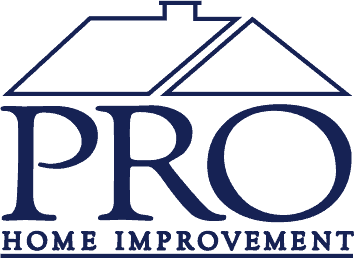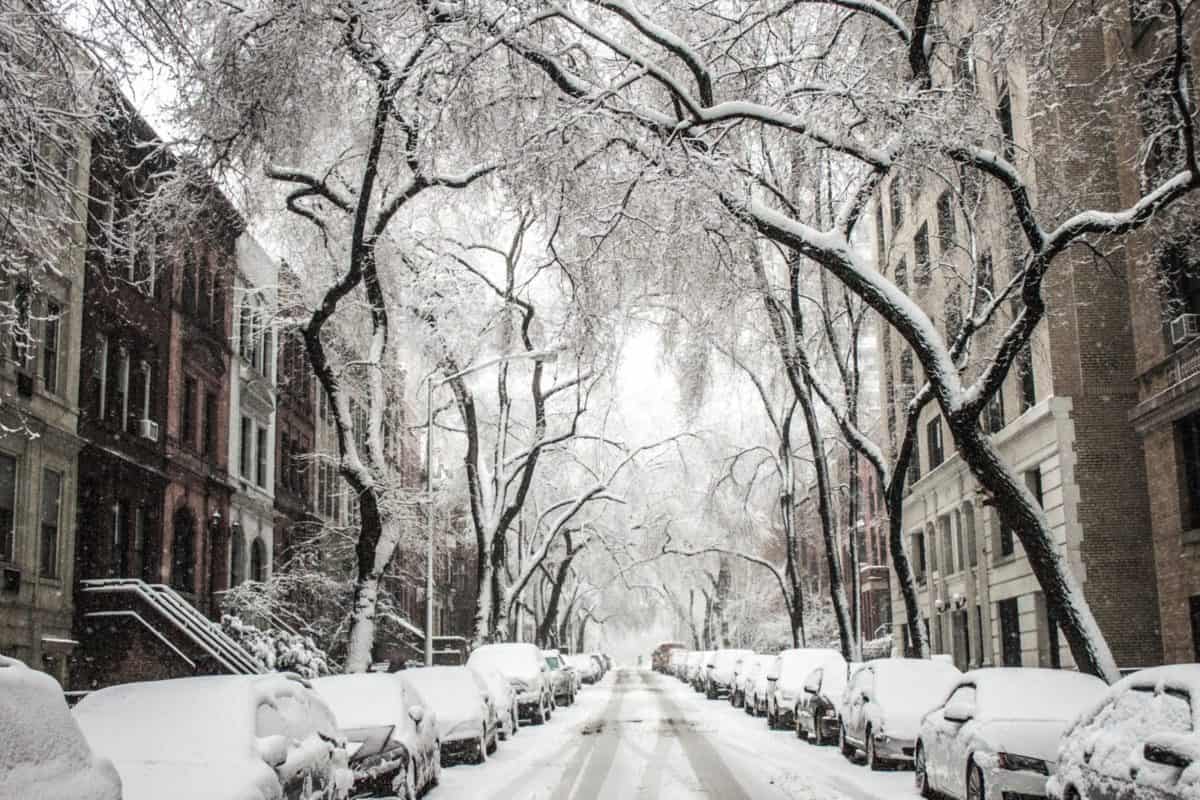This is the Michigan winter we were all expecting – snow has arrived. This is great news for snowmobilers, skiers and ice fishers. But, the rest of us might be grumbling a little bit while cleaning off our windshield in the morning and suffering through our morning commute. Snow accumulations also has an effect on your house, especially your roof, but do you know the best maintenance plan for your roof in the dead of winter? It might include actually removing snow from your roof.
Why do I need to remove snow from my roof?
The biggest reason is that when your roof is snow-free, ice dams cannot form. If you can prevent ice dams from forming, you are much farther ahead in preventing roof leaks that will damage the inside of your home. Good insulation and attic ventilation also play a large role in the formation of ice dams.
Another reason to keep your roof snow-free if you can, is to help keep excess weight off of your roof. One square-foot of snow that is one inch in depth weighs about a pound. That may not sound like a lot, but it adds up quickly. 12 inches of snow on a roof that is 1200 square feet is over 14,000 pounds or 7 tons! That’s a lot of added weight, and that does not even account for any ice build-up. One cubic foot of ice weighs 57 pounds, meaning an ice dam can weigh thousands of pounds itself!
Snow removal can reduce the added stress on your roof from leaks and from cave-ins, which actually happen more often than most people think.
Sounds pretty serious. When do I start to remove snow from my roof?
A basic rule of thumb is to remove roof snow after about every 3-6 inches of snowfall. This way it’s more difficult for the snow to build up and cause ice dams or cave-ins.
This is a conservative rule of thumb. Depending on the roof layout, the insulation and the ventilation, your home may tend to dam up with less snow. Or with more snow. You should remember what area of your house tends to have icicles and a large ice block above them – these are the prevalent ice dam areas.
If your house doesn’t ever have ice dams, you can wait longer to remove snow, 12 inches or so. If your home dams up easily, you should remove it sooner, 3 inches or so. Also, in the latter case, have someone come check your insulation levels also, it’s never too late to insulate!
How do I go about removing snow from my roof?
The answer here can depend on how big your roof is and how much snow you received. Raking your roof is best as a winter-long, ongoing task that can maintain a snow-free roof. If you live in a one-story home, a roof-rake may be able to achieve most or all of the roof snow removal that you need. In a two-story home, the roof-rake may only help to clear the overhangs, which are the most vulnerable.
Roof-raking is more difficult on two-story homes past the overhang and also in valleys. This is where something more substantial like shoveling your roof may be necessary.
Roof-raking is much safer and can be done from the ground while shoveling is much more dangerous and requires safety equipment. Our recommendation is not to attempt to shovel your own roof due to the slippery nature, high probability for injury combined with heavy lifting. Please do not attempt to shovel your own roof – there are companies that will take that risk and perform the task safely for you.
Okay, what do I need to know to rake my roof?
First, you need the right equipment. Most importantly, the rake should have bumpers on the bottom so that the blade does not come in direct contact with your roof and scrape them. This dislodges granules and wears out your roof sooner.
Be careful not to poke the corner of the shovel into valleys, vents, pipe boots, flashings, etc. as they are most brittle when it is below freezing.
Also, you should find a rake with a slight curve near the head of the rake. This helps you cut deeper into the snow, down to the surface of the roof as you rake down the roof slope.
Another key is to see if the rake you buy comes with an extension pole or if one can be purchased separately. This is important if your rake will not reach the top of the roof without one.
Once you have your rake, make your number 1 priority to clear out the overhangs. If you clear nothing else, this is the most vulnerable to added weight and to ice damming.
Any other tips?
Start on the overhangs and clear those of snow, then work your way a few feet above the overhang, and so on until you run out of pole or all of the snow is cleared. In addition, some other items to remember:
- Be SURE you are conscious of any overhead power lines – this is a big hazard when roof-raking. Do not touch any power lines and stay far away from them with your body and your equipment.
- Do NOT pile snow onto your gas meter. There is a vent line that must not be clogged or else your gas will automatically shut off and your furnace will stop.
One last question, can’t I just salt my roof?
No! Absolutely not. You will discolor your shingles, wear them out sooner and kill your plants. This is not a viable solution and should not be used on roofs ever.
Keeping your roof clear of snow will go a long way towards reducing ice dams, relieving excess stress and extending the life of your roof for a long time. If you have questions about ice damming, insulation levels in your attic or anything regarding home improvement, be sure to call us at 888-776-1998 or request a visit today.

